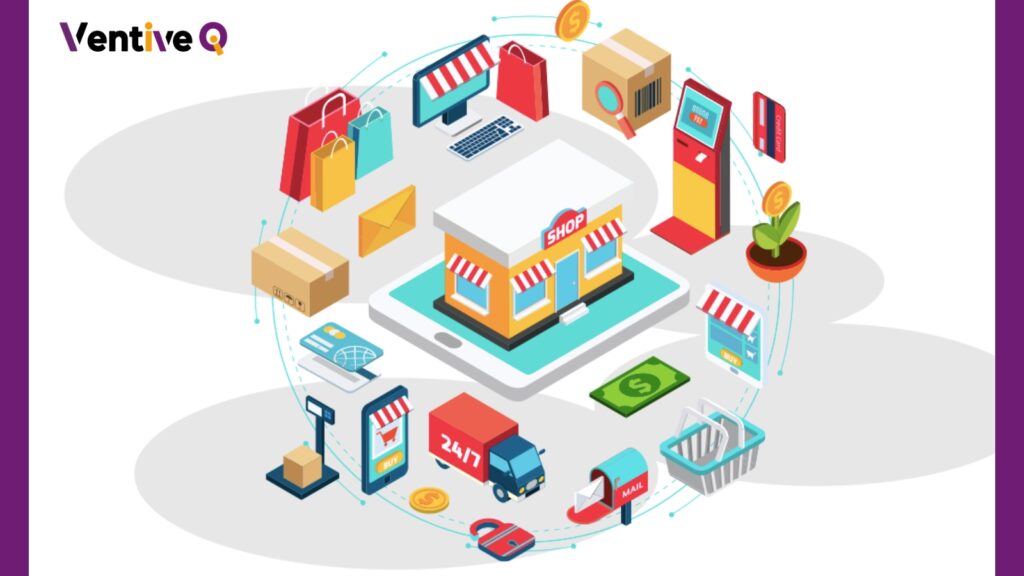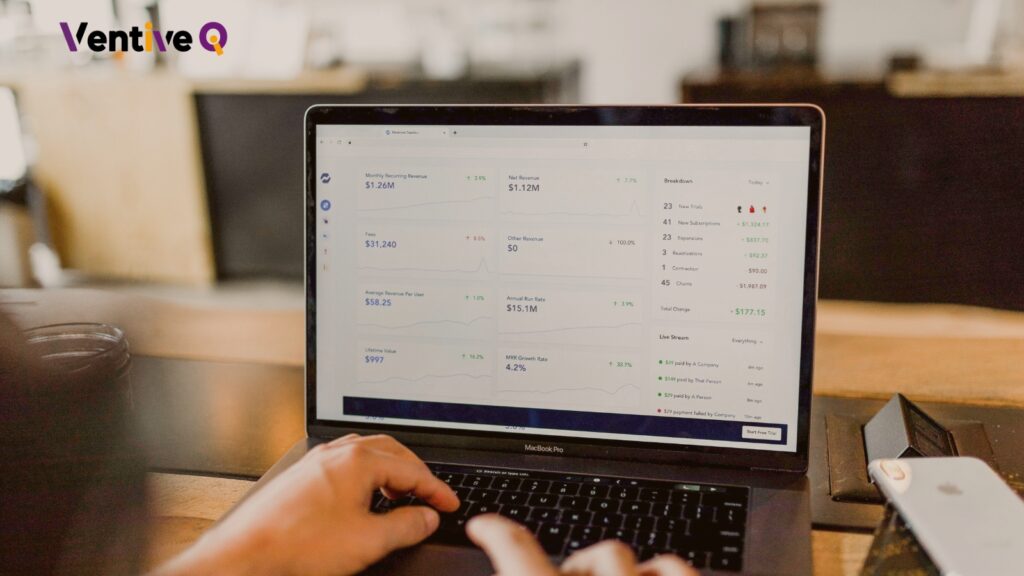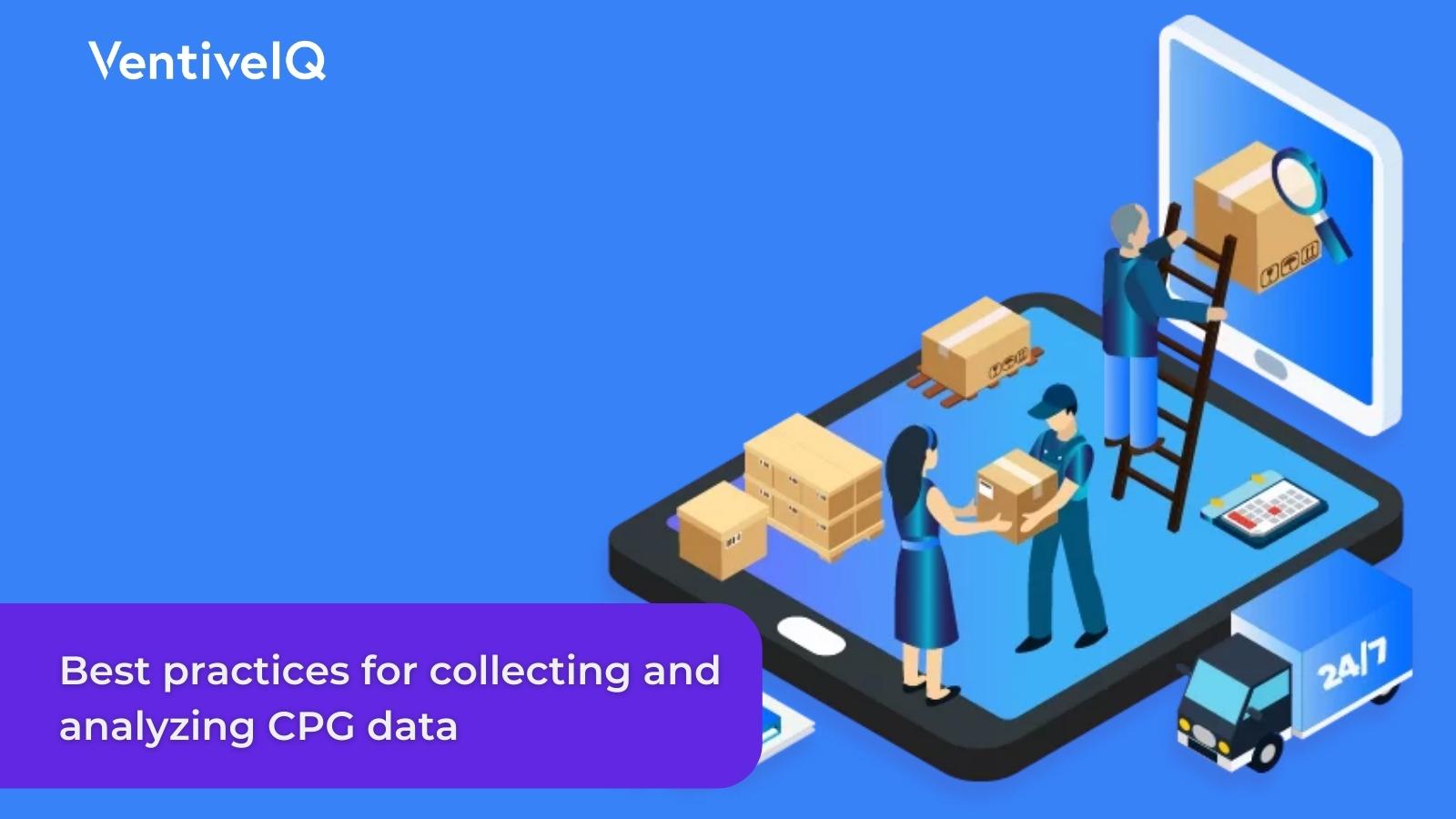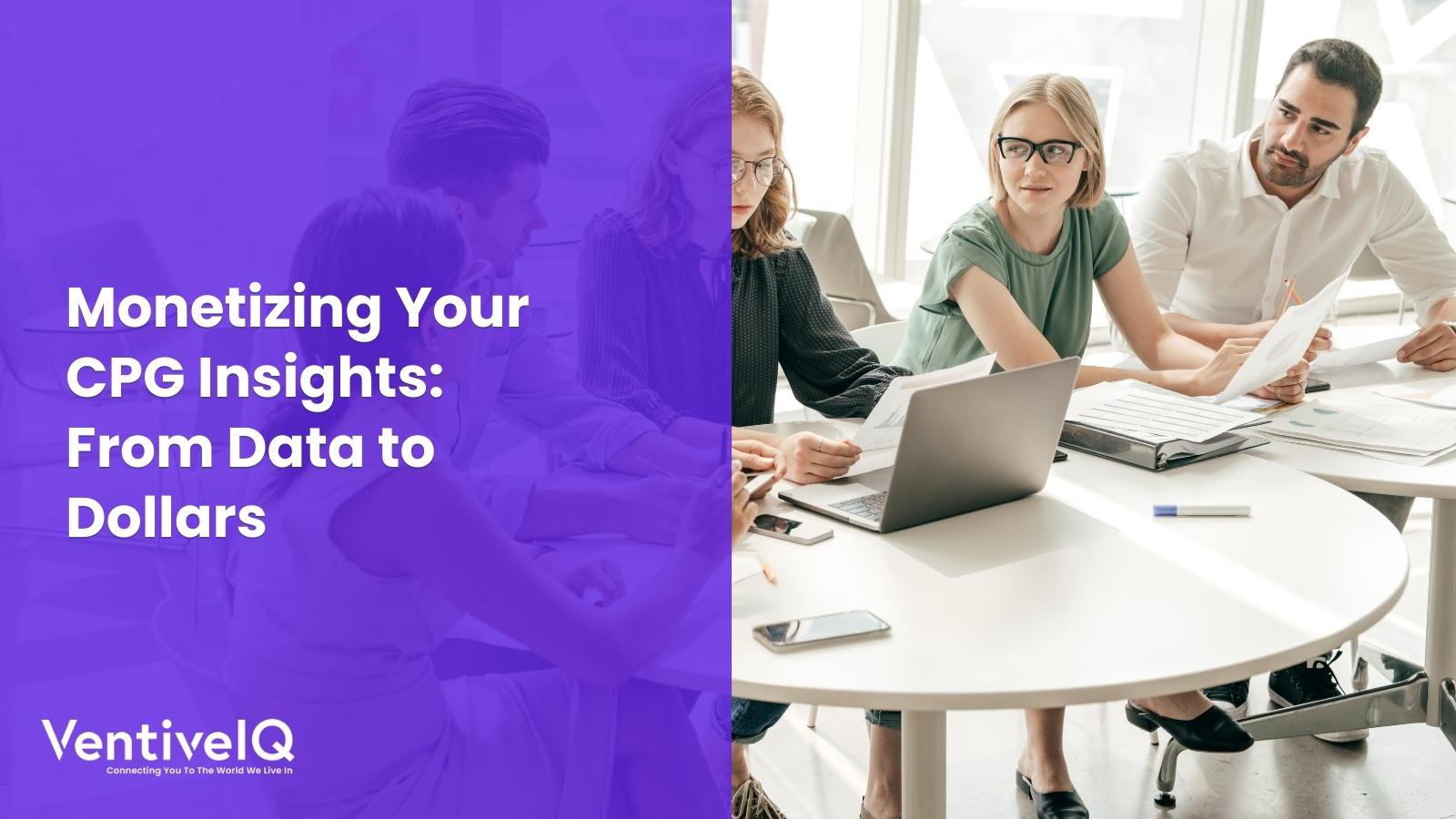Learn the best practices for collecting and analyzing CPG data with VentiveIQ expert tips & insights. From data collection methods to data analysis techniques.

Consumer Packaged Goods (CPG) companies rely heavily on data to make informed decisions about their products, marketing strategies, and overall business operations. The process of collecting and analyzing CPG data can be complex, but there are best practices that can help ensure success.
In this article, we’ll discuss some of the best practices for collecting and analyzing CPG data in greater detail.
1. Define Data Collection Objectives
Before collecting data, it’s important to define the objectives of the data collection process. This involves identifying the specific questions you want to answer or the goals you want to achieve through data analysis. This will help guide your data collection efforts and ensure that you are collecting the right data to achieve your goals.
In addition, it’s important to consider the data sources that will be most useful in answering your questions or achieving your goals. Some potential sources of CPG data may include:
- Sales data: This includes data on the volume, revenue, and profitability of your products.
- Customer feedback: This includes data on customer satisfaction, preferences, and behaviors.
- Social media analytics: This includes data on the sentiment and engagement levels of your brand and products on social media platforms.
- Market research reports: This includes data on market trends, consumer behavior, and competitor analysis.
By identifying the most relevant data sources and defining your objectives, you can ensure that you are collecting the right data to make informed decisions.
2. Collect Data from Multiple Sources
- To gain a comprehensive understanding of the CPG market, it’s important to collect data from multiple sources. These sources may include sales data, customer feedback, social media analytics, and market research reports. By combining data from various sources, you can identify trends and patterns that might not be apparent from a single source of data.
- In addition, collecting data from multiple sources can help you identify potential problems or opportunities that might otherwise go unnoticed. For example, if sales data indicates that a particular product is underperforming, customer feedback data might help identify the specific reasons for the product’s poor performance.
3. Use Automated Data Collection Tools
- Manual data collection can be time-consuming and prone to errors. Using automated data collection tools can help reduce the risk of errors and save time. These tools may include point-of-sale (POS) systems, customer relationship management (CRM) software, and web analytics tools.
- Automated data collection tools can help ensure that data is collected consistently and accurately across all sources. In addition, these tools can help streamline data collection processes, allowing you to focus on analyzing and interpreting data rather than spending time on manual data entry.

4. Ensure Data Accuracy and Consistency
- To ensure the accuracy of your data, it’s important to establish data quality standards and ensure that these standards are consistently met. This involves implementing data validation and verification processes and ensuring that data is collected consistently across all sources.
- Data quality standards may include requirements for data completeness, accuracy, consistency, and timeliness. For example, data completeness standards might require that all relevant data fields are filled out, while data accuracy standards might require that all data is entered correctly.
5. Protect Data Privacy and Security
- Data privacy and security are critical considerations when collecting CPG data. CPG companies should implement data security measures, such as data encryption and backup, to protect against data breaches. Additionally, they should comply with data privacy regulations, such as the General Data Protection Regulation (GDPR), to avoid costly penalties.
- In addition to complying with data privacy regulations, it’s important to establish internal data security policies and procedures to protect against data breaches. These policies might include requirements for data access controls, data backup and recovery, and incident response plans.
5 Additional practices for collecting & analyzing CPG data
The Consumer-Packaged Goods (CPG) industry is constantly evolving, and data analysis has become a critical part of the industry’s success. Collecting and analyzing CPG data can provide valuable insights into consumer behavior, product performance, and market trends.
1. Identify Key Performance Indicators (KPIs)
Before collecting data, it’s important to identify the key performance indicators (KPIs) that will help track the success of your CPG strategy. These KPIs may include sales figures, market share, customer satisfaction, and product quality, among others. By focusing on these KPIs, you can gather the data necessary to evaluate the effectiveness of your CPG initiatives.
2. Use Data Visualization Tools
Data visualization tools, such as graphs, charts, and infographics, can help you make sense of complex data sets. By presenting data in a visual format, you can quickly identify trends, outliers, and patterns. These tools can also help you communicate your findings to others in your organization who may not be data-savvy.
3. Leverage Machine Learning
Machine learning can help you automate the process of analyzing large amounts of CPG data. By using algorithms to identify patterns and trends, machine learning can provide insights that might not be apparent through manual analysis. This technology can also help you identify new opportunities for growth and optimization within the CPG industry.
4. Implement Data Security Measures
Data security should be a top priority when collecting and analyzing CPG data. Ensuring that data is encrypted, backed up, and secure can help protect against data breaches and ensure that sensitive information remains confidential. Additionally, data privacy regulations, such as the General Data Protection Regulation (GDPR), must be followed to avoid costly penalties.
5. Continuously Monitor and Evaluate
The CPG industry is constantly changing, and it’s important to continuously monitor and evaluate your data to stay ahead of the curve. By regularly analyzing your data, you can identify emerging trends, potential problems, and new opportunities. This information can help you adapt your CPG strategy to meet changing market conditions.
Conclusion
Collecting and analyzing CPG data is essential for success in the industry, it is also a strategic approach that involves defining objectives, collecting data from multiple sources, ensuring data accuracy and consistency, protecting data privacy and security, analyzing and interpreting data, and continuously monitoring and evaluating data. By utilizing VentiveIQ‘s CPG data, you can effectively target consumers during their purchasing decisions, while also reducing the amount of time, effort, and money required for your marketing efforts, you can even make informed decisions that can help drive growth and success in the highly competitive CPG industry.



